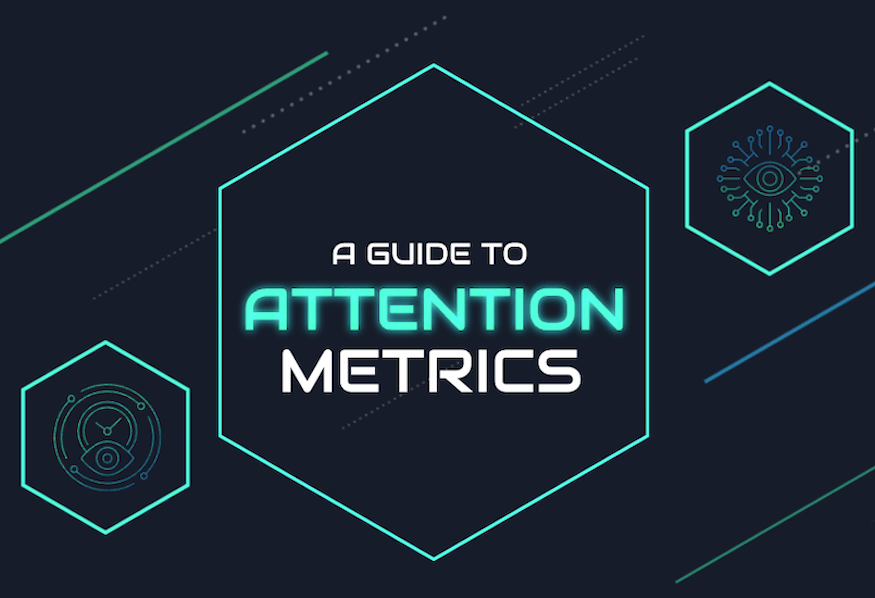Every day billions of people immerse themselves within games across different platforms. For marketers, gaming offers multiple channels through which they can reach consumers to achieve a wide variety of marketing outcomes.
“Gaming presents a massive opportunity for brands to achieve their goals by getting their products and services in front of a hugely diverse audience,” says Julia Rast, Senior Manager of Global Solutions and Innovations at Xaxis. “There has never been a better time to advertise through gaming.”
Exciting opportunities for marketers
As gaming’s popularity continues to grow across different cultures, demographic groups, and generations, game publishers around the world are reporting sharp rises in revenue. Gamers this year will spend an estimated $175.8 billion on game-related purchases, and the majority say they prefer free games supported by ads to those that charge subscription or on-demand fees.
To leverage the huge opportunities that gaming presents, marketers must devise a strategy to hone in on their objectives, defining their audience and desired outcomes.
The target audience may be massive, crossing segments, or isolated to precise and hard-to-reach groups to boost omnichannel efforts. Gaming reaches the young and the old, commuters and shoppers, and people of any relationship status or gender.
Marketers can also define audience segments by level of education, profession, or career seniority. Nearly 60% of global decision makers who own smartphones, for example, play games on them. And 79.6% of aspiring professionals say they prefer gaming over watching TV.
Twitch is a way to target hard-to-reach American millennial men, reaching 50% of them. Messages there can remain in viewers’ field of vision for hours. Ads on Twitch have proven so effective that websites have been overwhelmed with traffic after showing 60-second ads there.
For multiple outcomes, from raising brand awareness to driving purchase intent, the positive results have been shown across gaming devices.
- In-game ads on PCs have yielded 7.5x higher spontaneous brand recall when compared to other channels.
- Mobile mini-game ads have resulted in 81% higher clickthrough rates compared with comparable insertions elsewhere.
It’s no surprise, then, that ad spend in gaming is rising, fast. Mobile gaming, which accounts for more than half of gaming revenue, is expected to reach $46.7 billion in ad spend this year and is forecasted to grow to $130 billion by 2025. Another $1.5 billion this year will be spent on video game advertising, growing to $1.8 billion next year, according to PwC. And 78% of senior marketers say they will invest in esports in the near future, helping boost the nascent category of esports streaming to $58 million in ad spend this year, to $111 million in 2022. By 2023, 646 million people are expected to watch esports streams.
Vast and diverse audiences
Gaming represents a huge and hugely diverse audience of interested people interacting with a wide range of games on nearly every imaginable platform.
Gamers play for a variety of reasons, such as to connect with each other, to develop skills, for stimulation, for education, and to form and solidify relationships. They play to be creative, be constructive, to earn money, or even develop careers.
Gamers will gladly experience ads to access new levels, or for in-game items such as costumes, tools, or enhanced experiences. “According to a Comscore State of Gaming report, 41% of gamers feel that product placements make games feel more real,” Rast notes. “And there is a 30% higher positive impact on gaming app placements versus web banner alternatives. Compared to other platforms, gamers welcome advertising messages.”
Gamers make and influence purchases. According to a GlobalWebIndex survey of U.S. gamers last year:
- 94% of people who’ve played a mobile game have purchased grocery items in the last month.
- 91% of people who’ve played or downloaded a free-to-play game in the last month are also characterized as main decision makers.
There is, however, no standard “gamer.” They are as diverse as humanity itself, as people who watch TV or listen to music, and bigger than both of those audiences combined.
About 40% of the world’s population — 3.1 billion people — are gamers, with the average gamer spending 8:27 hours gaming in a week, with 54% of global gamers identifying as male, 46% female, and significant numbers identifying as gender non-conforming, some saying they use games to help develop and express their identities.
While gamers can’t be categorized so easily by strict demographic type, they can be organized into groups based on how they play. For example, these three categories can help clarify the spectrum of gaming audiences for marketers:
Casual Gamers
The largest population of gamers, 1.2 billion people, are casual gamers, made up of a wide range of ages who play less frequently and for shorter periods of time. They usually play calm, entertaining, and non-adversarial games that focus on task completion such as Candy Crush, Plants vs. Zombies, Super Mario, and SimCity. Females make up over half of the casual gaming population, with males at 48%.
Since 80% of casual gamers play on mobile devices, the most effective formats to reach them are rewarded videos, mini-games, and in-game ads. Casual gaming audiences are a great opportunity for brands to raise awareness because they include several key demographics and are made up of a fairly broad audience.
Midcore gamers
Midcore gamers are predominantly Gen Z and millennials who regularly play video games, but not super seriously or competitively. They usually play exciting combat and community-based games that are accessible and address a wide range of interests, such as Grand Theft Auto, Call of Duty, NBA 2K, and Super Mario. Across all generations, about 60% of players identify as midcore gamers. About 86% are male, 12% female.
To reach them, marketers can use a mix of channels and tactics. Midcore gamers use all platforms (mobile devices, PCs and consoles) and are most easily reached through in-game ads and streaming content. They’re an enthusiastic audience who aren’t as dedicated as hardcore gamers but play a wide range of titles. With them, games can help create greater brand awareness and boost incremental reach.
Hardcore gamers
Hardcore gamers are a highly engaged audience across all platforms, and many build their own desktop systems to play role-playing and esports games. They, too, are predominantly Gen Z and Millennials. Males make up 92% of hardcore games, females 7%.
They frequently and competitively play games like Overwatch, Dota 2, World of Warcraft, League of Legends and Street Fighter for long uninterrupted sessions. For them, gaming is a lifestyle and a social sphere. They use streaming services such as those of Twitch and YouTube.
Marketers can reach hardcore gamers through partnerships with esports events and via in-game ads. Hardcore gamers are a powerful opportunity to build brand fans and loyalty — but brands should be aware that the violent nature of some role-playing games might require additional considerations for brand safety and suitability. Hardcore gamers, too, are very sensitive to how the ads are placed in their games.
“Gamers possess incredible buying power, but they demand authenticity from brands, and they resonate best with brands that are non-intrusive to their gameplay, and that respect gaming culture,” Rast says.
Benefits of gaming
Done right, brands that advertise via games can achieve a positive association. Not only are they supporting diverse and multifaceted populations, but gamers also report therapeutic benefits and positive mental health effects from their gaming.
Trans and gender diverse youth use avatars to explore, develop, and rehearse their gender identities, sometimes before coming out in real life. Studies have shown that gaming is a positive psychological tool to facilitate self-awareness and self-expression in a relatively safe environment, and gaming has also helped people overcome social anxiety.
"It’s time to realize that there's no such thing as one type of gamer, how diverse the audience is, made up of individuals of all ages, backgrounds, cultures, genders, and nationalities,” says Natalia Vasilyeva, Vice President of Marketing at in-game advertising platform Anzu. “It also outlines the different motivations for why people play games, which is essential for advertisers to understand if they want to reach their target audience effectively."
A creatively designed marketing strategy will reach the right audiences with the right kinds of messages. Gamers have very clear preferences, with 88% leaning towards non-disruptive ads that are integrated into the game and 83% indicating that they enjoy the choice to watch rewarded ads. Aligning creatives and delivery with contextual data so that the right content reaches the ideal audience at the right time is therefore key.
Marketers have a plethora of games and gaming platforms on which to reach their intended audiences a wealth of choices to target segments by weaving together timely and effective strategies. The right kinds of planning and insights, plus measurement, data, and constant strategic honing, will help them reach their defined and desired outcomes. Gaming is only going to grow.







